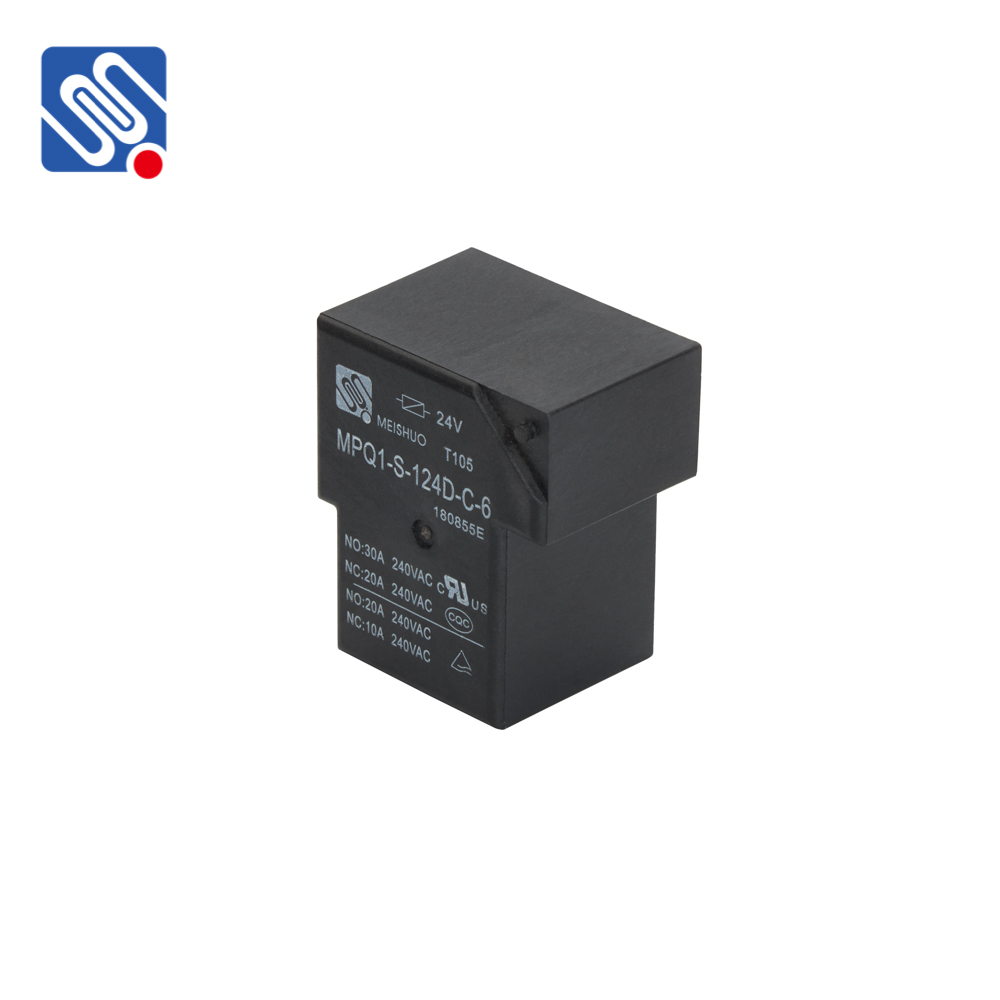exploring relay alternatives: effective solutions for seamless communication
Release time:2025-03-24 10:22:05
In today’s fast-paced digital world, communication is crucial for the success of both businesses and personal endeavors. Relays, which are typically used to manage or control communication between devices, have become a common solution for many applications. However, there are instances when alternatives to traditional relay systems are required for improved efficiency, security, or flexibility. This article explores various relay alternatives, their advantages, and how they provide effective solutions for seamless communication.

What are Relays?
A relay is an electrically operated switch used in various applications to control circuits and manage data flow. Relays allow for the isolation of components, enabling control of high-power circuits through low-power inputs. While relays are essential in many systems, they may not always be the most suitable solution for every scenario, especially when there is a need for faster or more secure communication. Thus, exploring relay alternatives is key to ensuring that communication systems are optimized.
1. Solid-State Relays (SSRs)
Solid-state relays are an advanced alternative to mechanical relays, eliminating the physical moving parts associated with traditional relays. They use semiconductor components, such as triacs or thyristors, to switch circuits. The major advantage of SSRs is their faster switching time and longer lifespan, as they do not rely on mechanical contacts. Additionally, SSRs are more resistant to wear and tear, making them more reliable and ideal for applications requiring frequent switching.

